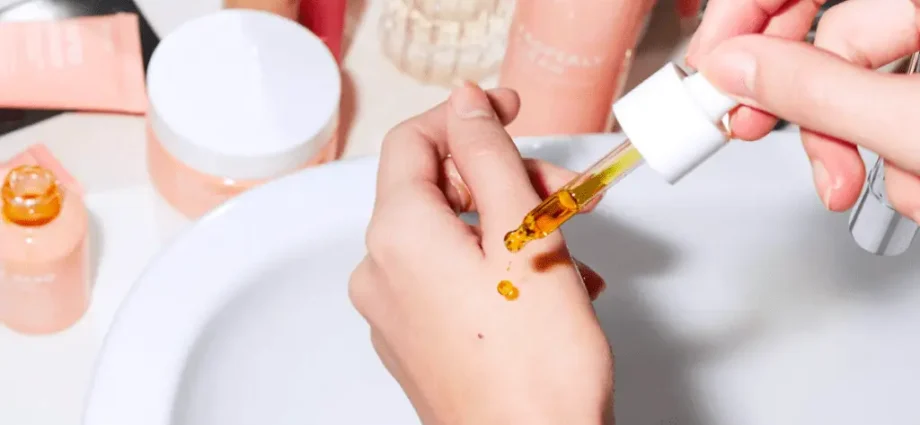Contents
Dandruff is a collection of dead skin cells on the scalp. Many people go to the doctor with complaints about this common problem, which is also accompanied by irritation and itching of the scalp. How can you get rid of dandruff? Here’s a dermatologist’s advice.
WHAT TYPES OF DANDRUFF EXIST?
With dry scalp, dandruff consists of dry, small, thin white flakes that fall off easily,
and therefore are clearly visible on dark clothes. With oily scalp, the scales are larger and thicker. They often remain near the base of the hair. Dandruff is often accompanied by itchy scalp. Seborrheic dermatitis is dandruff at its worst. It causes redness and peeling of the skin along the hairline.
WHAT SOLUTION TO THIS PROBLEM CAN YOU RECOMMEND?
First of all, I would like to explain the cause of dandruff:
it is a yeast-like lipophilic fungus Pityrosporum ovale, which is a component of the normal microflora of hair follicles. Reproducing, it causes inflammation and peeling. I recommend that my patients regularly use a keratolic antifungal shampoo (LHA™ keratolic, lipophilic piroctonolamine). In the most severe cases of seborrhea, I prescribe antifungal lotions (ketoconazole, ciclopiroxolamine) and in some cases use short-term, topical treatment with topical corticosteroids to reduce inflammation. In all cases, anti-dandruff treatment should be tailored to the type of dandruff.
WHAT DO YOU ADVISE YOUR PATIENTS?
I say that it is extremely important to choose an effective anti-dandruff shampoo.
with good cosmetic properties, so that it does not dry out the hair and is both effective and gentle. Its formula must be specially designed to prevent the development of seborrhea by eliminating excess sebum (causing seborrhea). Anti-dandruff shampoo should be left on the hair for at least 5 minutes for the active ingredients to work optimally. In any case, special hair care is required to prevent the recurrence of dandruff.










